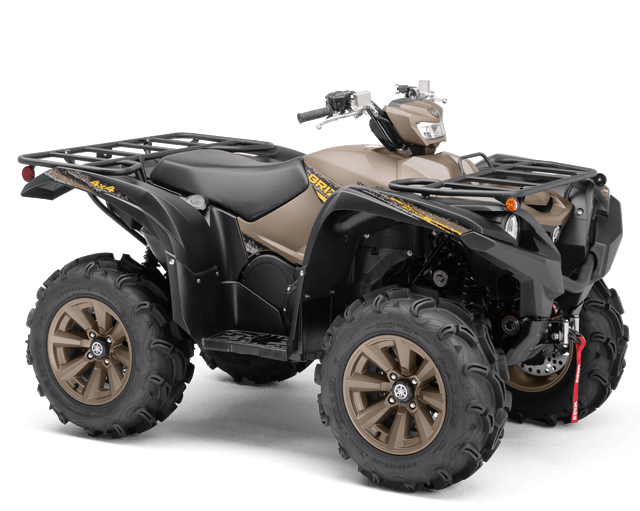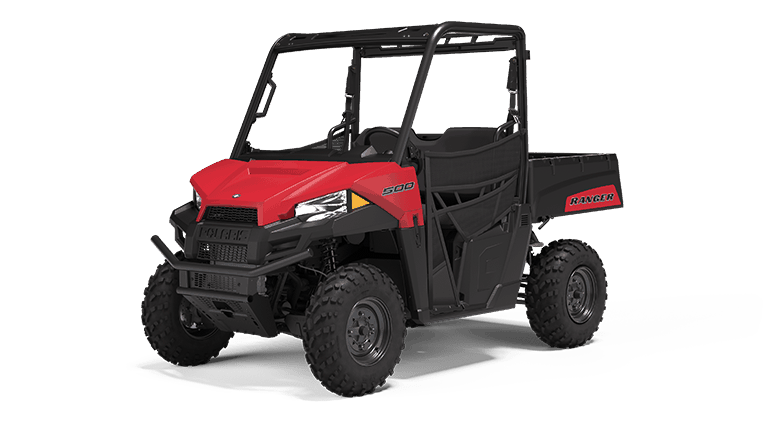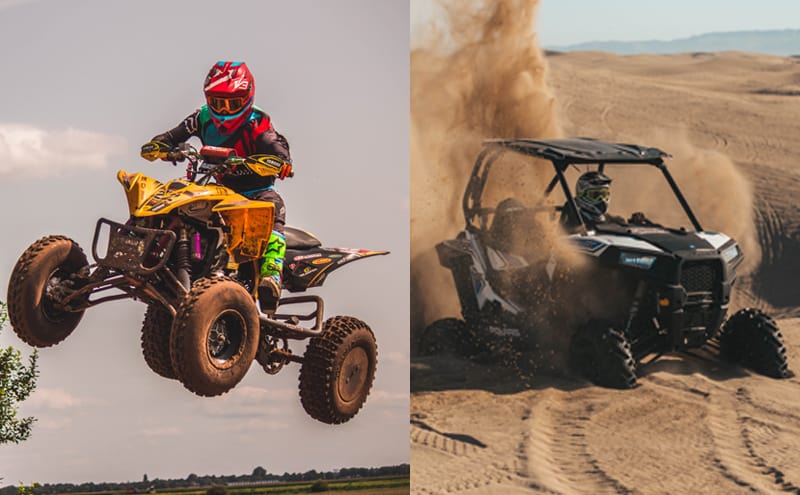An ATV (all-terrain-vehicle) also known as a "four wheeler" or "quad" is designed for a single rider. A UTV (utility-task-vehicle) tends to be larger and allows for "side-by-side" riding, which is why many refer to UTVs as "side-by-sides" or "SXS" for short.
ATV Features
- Designed for single riders
- Easy storage
- High-adrenaline ride
- Great for tight trails
- Cheaper option
UTV Features
- Improved safety with roll cage
- Allows for side-by-side riding
- More comfortable
- Higher towing capacity
- Holds up to 6 passengers on crew models
Yamaha ATV vs Polaris UTV
Although both products are very similar, there are some distinct differences that define each type of trail vehicle. To compare and contrast a couple popular models available, here's an atv vs utv chart:
Yamaha Grizzly EPS XT-R Utility ATV | Polaris RANGER 500 UTV |
|---|---|
 |  |
1 person | 1-2 persons |
1,322 lbs towing capacity | 1,500 lbs towing capacity |
4.8 gal fuel capacity | 9 gal fuel capacity |
780 lbs wet weight | 1,065 lbs dry weight |
81.5" length | 110" length |
49.2" width | 58" width |
50" height | 73" height |
What's The Better Choice For You?
The following YouTube video compares an ATV vs Side-by-Side with in-depth details to the pros and cons of each option:
To Conclude
Overall, an ATV is best if you want a smaller, more fun and engaging experience. If you need to carry passengers, or have more utility based tasks, then a UTV would be the better option for you.
Hopefully this post helped to clear up some of the differences between ATVs and UTVs or Side-by-Sides. The best piece of advice is to make a detailed list, and write down all of the different things you plan to do with your machine on a regular basis.
The list should help you inform your decision as to whether one of the big UTVs or a little ATV is going to be better for your usage. Regardless of your choice you're bound to have a good time blasting through trails, ripping over dunes, and exploring the outdoors. Be sure to have fun and stay safe!

